Oculus Rift’s immersive gaming goggles are due on the market in early 2016, but DIRTT Environmental Solutions is already hitting the ground running, combining its interior design products with a virtual reality (VR) experience.
The Calgary-based company has developed a reputation for producing precision crafted prefabricated components for interior construction. Barrie Loberg, chief technology officer and co-founder of DIRTT, developed the company’s ICE 3D design and specification software, which allows clients to interactively explore interior design plans using the company’s building products.
"Years ago I was working on creating fly-through videos of building designs and it would require 100 computers working overnight to render frames for a 30-second video," says Loberg.
"One day I saw some people playing a video game during a lunch break and it turned out to be the original first-person shooter, DOOM. That game really impressed me because it offered real-time video processing. You could always tell where you were inside the game and what was going on. That revelation led to the development of ICE."
Using ICE, clients see a virtual rendering of their design on a computer screen. If they request changes, such as moving a door or altering the size of a window, the design is adjusted and a new price is quoted for the project.
"When we hit the ‘send’ button, a shop drawing is sent to the production facility," Loberg says.
"We already know the location of every drill hole and exactly how long it will take to manufacture and deliver the components to the client’s site."
Oculus Rift adds a new dimension to the company’s offerings in the form of the ICE VR Experience. A 12,000-square-foot room at DIRTT’s head office has been transformed into a high-tech holodeck where clients don Oculus Rift gaming goggles and literally walk through a VR representation of their new interior. Carefully placed props even allow clients to "sit" on virtual chairs or "touch" other objects.
"Most people who have used the goggles are fascinated by the technology and are very accepting of the idea that they’re walking through their new interior," says Loberg. "Perhaps one to two per cent of the people who try it aren’t sold on the experience or get motion sickness while using it."
Polhemus magnetic motion tracking sensors are used to orient the Oculus Rift goggles to magnetic markers placed on the corners of a grid delineated on the floor of the VR studio.
"However, we quickly realized that the rebar underneath the floor in the studio was distorting the magnetic field and making it appear that you were walking on hilly ground," says Loberg.
"We had to sample the errors and rewrite the program to compensate for that."
The technology has already demonstrated real-world dividends. In one case, a client was convinced that a design for the interior of a bank offered the feeling of spaciousness intended by the architect. In another, Calgary clients who were unsure about sight lines around an interior pillar entered the virtual space using Oculus Rift.
"When they saw the design in first person they could see what they couldn’t see in the plan drawings," says Loberg. "They knew the right thing to do and went back to the drawing board."
DIRTT is planning to make the VR system available at its U.S. locations next year, once Oculus Rift goggles are released to the public. In the meantime, Loberg says the company is making one requested adjustment to its software.
"When people put on the goggles they no longer see their own bodies as they’re walking around the room," he says.
"We’re going to offer an option to choose an avatar for people who feel uncomfortable when they appear to be disembodied."
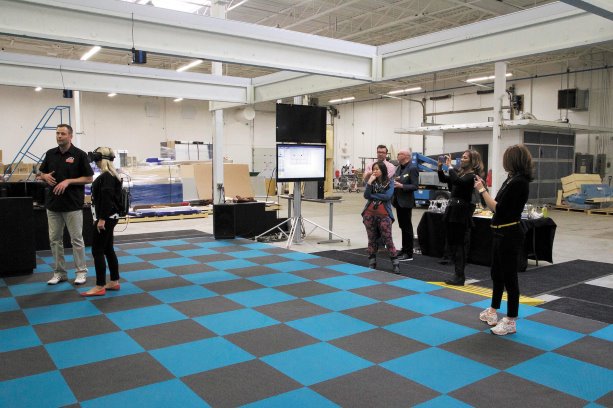
1/2
Photo: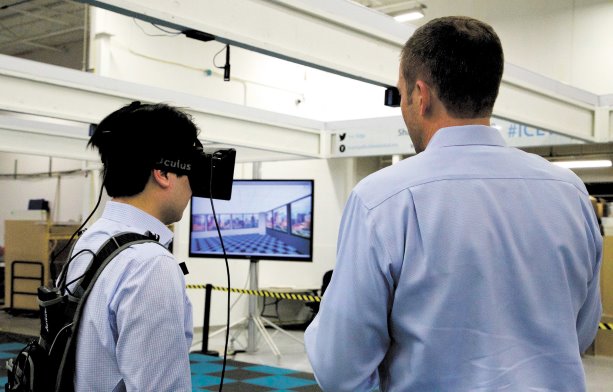


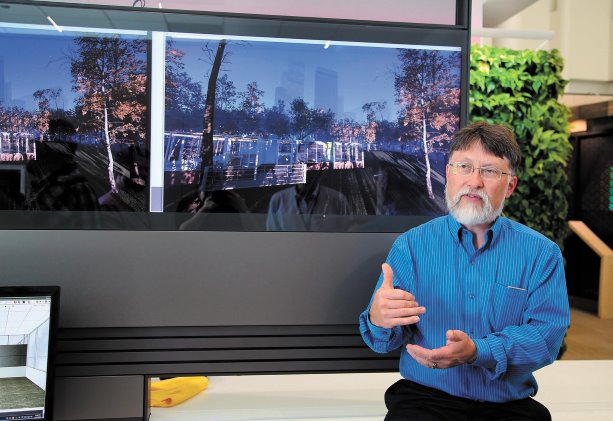
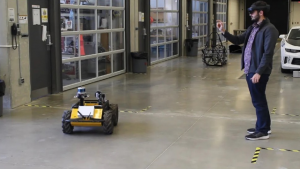
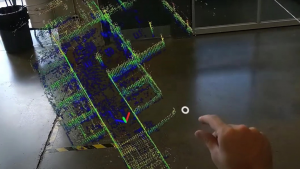
Recent Comments
comments for this post are closed